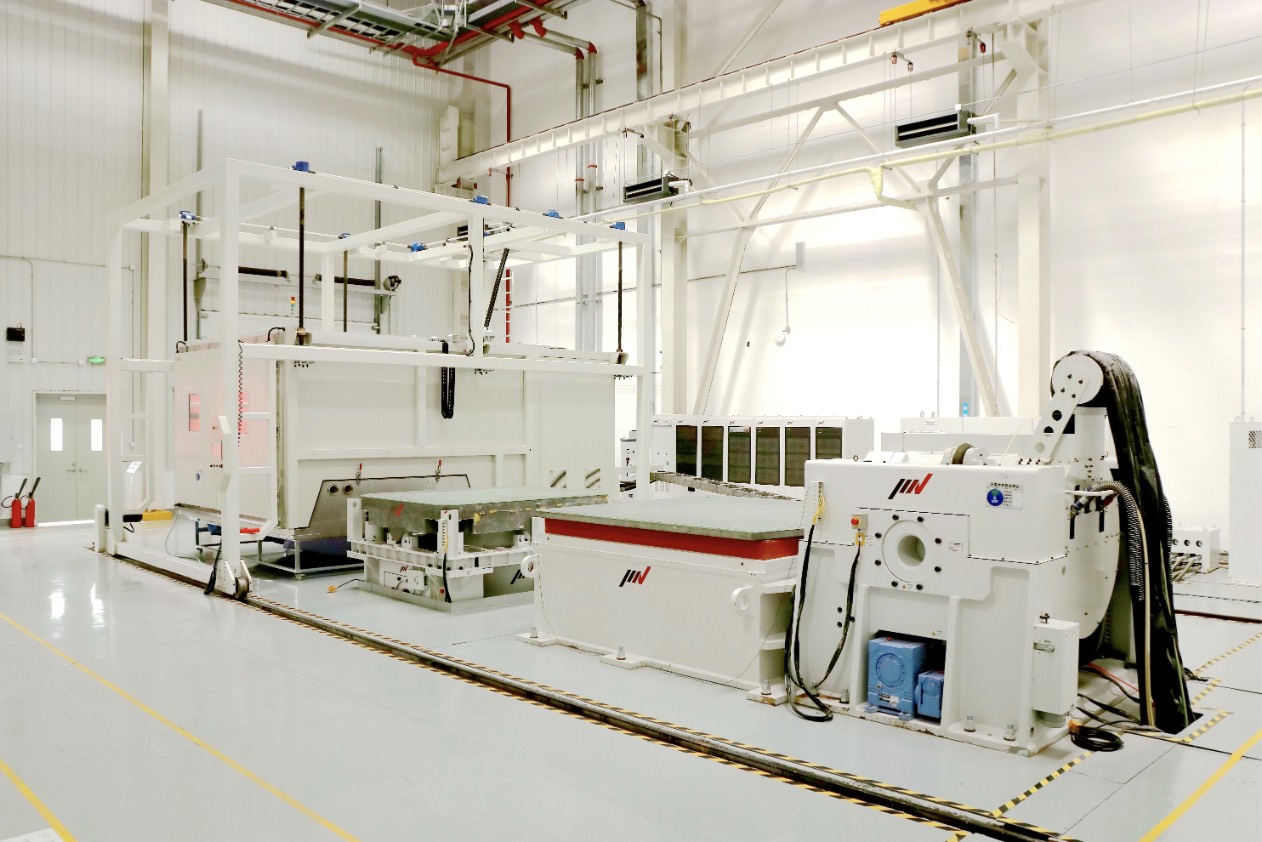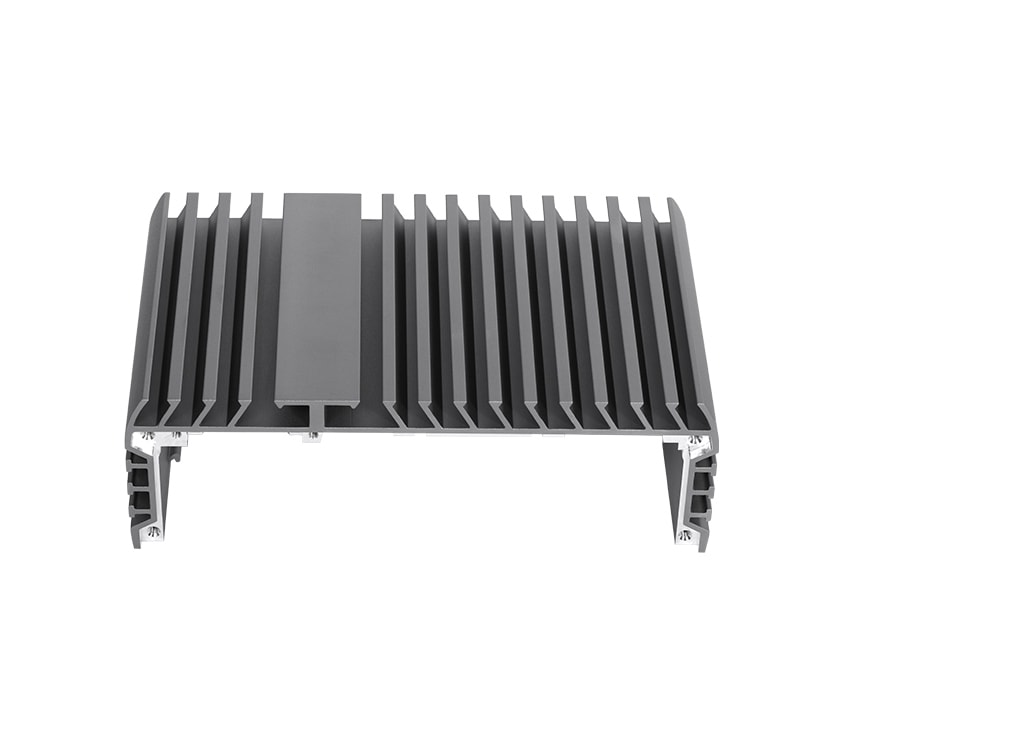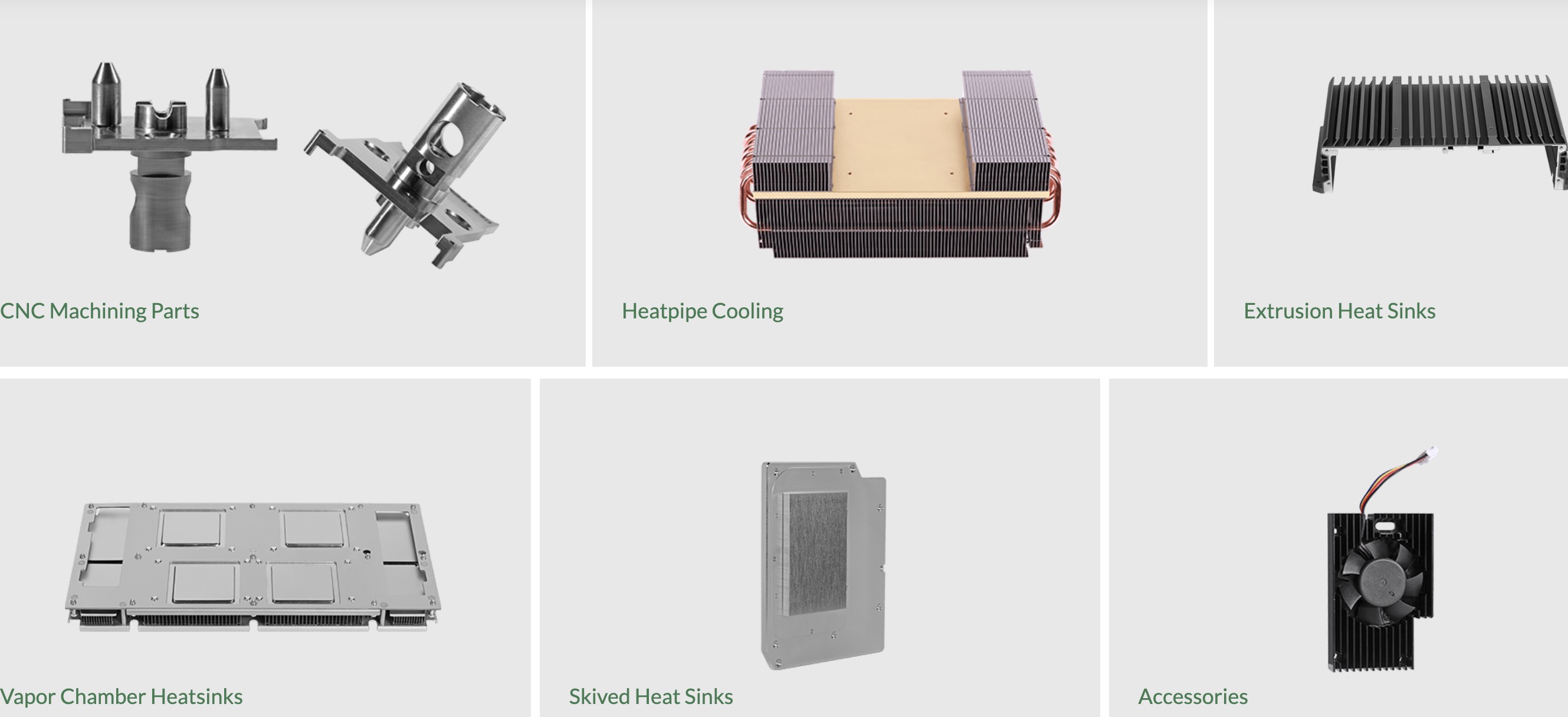Heatsinks are crucial components in heating systems for both residential and commercial spaces, significantly impacting energy consumption and thermal comfort. However, their lifecycle—from production to disposal—poses substantial environmental implications, necessitating a thorough lifecycle assessment (LCA). This evaluation is essential for understanding their full environmental impact, encompassing resource use, energy consumption, and waste generation.
The lifecycle of a heatsink commences with the extraction of raw materials like copper and aluminum, progresses through manufacturing, and extends to the operational phase, where energy efficiency is paramount. It concludes with end-of-life considerations, where disposal or recycling methods profoundly affect the environment. An LCA of heatsinks is vital for identifying opportunities for environmental improvement and guiding the development of sustainable heating solutions.
This article aims to provide a comprehensive analysis of the environmental impacts associated with heatsink lifecycles. It will delve into environmental burdens at each stage, from production's energy and material inputs to the use phase's energy efficiency focus, and finally to disposal and recycling, exploring potential resource recovery. By scrutinizing these aspects, we can pave the way for more sustainable practices within the heatsink industry and beyond.
The study's significance is emphasized by increasing global sustainability awareness and the imperative for industries to reduce their ecological footprint. As we delve into heatsink lifecycle assessment intricacies, we'll unveil strategies to mitigate environmental impacts and promote a circular economy, where resources are used and reused responsibly.
The production phase of heatsinks involves a multifaceted process, with environmental considerations at every turn. It begins with the extraction and processing of primary materials like copper, aluminum, and plastics, which form the basis of heatsink construction. However, these activities can result in land disturbance, resource depletion, and habitat destruction, highlighting the environmental impact of raw material extraction.
Manufacturing heatsinks consumes significant energy and can lead to waste generation and emissions, contributing to greenhouse gas emissions and potential climate change effects. Mismanaged by-products and waste from production can further exacerbate environmental issues like soil and water contamination.

The design of heatsinks is crucial in minimizing their environmental footprint during production. Innovations focusing on material efficiency and recycled content can reduce resource intensity and waste. Advanced manufacturing techniques such as precision engineering and automation can enhance efficiency while minimizing waste and energy consumption.
Selecting production facility locations near suppliers and markets can reduce transportation-related emissions, while transitioning to renewable energy sources can significantly decrease overall environmental impact.
In summary, the production phase of heatsinks is pivotal for mitigating environmental impacts through careful material selection, energy-efficient design, and sustainable manufacturing practices. As the demand for sustainable products rises, the heatsink industry must innovate and adapt to address these challenges proactively.
The operational phase of a heatsink's lifecycle is where its environmental impact becomes most pronounced, primarily through energy consumption. Heatsinks are designed to provide efficient heat distribution within a space, but their effectiveness is contingent upon several factors, including the quality of insulation, the building's thermal envelope, and user behavior. Energy efficiency is a critical aspect of the operational phase. High-efficiency heatsinks can significantly reduce energy consumption and associated carbon emissions. Modern heatsinks often incorporate advanced technologies such as thermostatic radiator valves (TRVs) and smart controls, which allow for precise temperature regulation and increased energy savings.
However, the environmental impact of a heatsink during use is not limited to direct energy consumption. The maintenance and upkeep of heatsinks also play a role. Regular servicing ensures optimal performance and longevity, which in turn reduces the need for frequent replacements and the associated waste. Moreover, the use of eco-friendly coolants and the proper disposal of old heatsinks are essential practices to minimize environmental harm. User behavior significantly influences the environmental footprint of heatsinks. Simple actions such as adjusting the thermostat, using heatsink covers, and ensuring adequate insulation can lead to substantial energy savings. Educating consumers on these practices is vital to promoting sustainable use.

The end-of-life stage of a heatsink's lifecycle is crucial for environmental sustainability, as traditional disposal methods like landfilling or incineration pose significant challenges such as hazardous substance release and material wastage. Therefore, the focus shifts towards recycling and repurposing as sustainable alternatives.
Recycling heatsinks involves systematic dismantling and separation of constituent materials, primarily metals like copper and aluminum, and plastics. Mechanical separation techniques, such as shredding and magnetic separation, isolate metals from non-metallic components. This is followed by thorough cleaning and purification to remove contaminants, preparing materials for reuse.
Advanced thermal treatment techniques neutralize any hazardous substances present in heatsinks. High-temperature incineration under controlled conditions breaks down harmful chemicals, with gas cleaning systems removing pollutants from emissions.
Processed materials can be repurposed in various ways. Metals can be melted down for new heatsink or metal product production, contributing to a circular economy. Recycled plastics find new life in manufacturing various goods, reducing demand for virgin plastic and minimizing waste.
Strict adherence to environmental and safety standards is crucial in heatsink recycling to prevent harm to workers and the environment. Continuous development of innovative methods, such as Enner Group's thermal simulation software analysis, optimizes recycling processes, reducing resource demands and simulation times for more sustainable outcomes.
In conclusion, the disposal and recycling phase of heatsinks is pivotal in mitigating their environmental impact. Through advanced recycling technologies and adherence to strict standards, the heatsink industry can move towards a sustainable future with minimized waste and efficient resource use.
In conclusion, the lifecycle of heatsinks presents numerous opportunities for environmental impact mitigation and resource optimization, spanning from production to disposal. Each stage offers critical touchpoints for sustainable practices, and by embracing innovative recycling technologies and energy-efficient designs, the heatsink industry can significantly reduce its ecological footprint and contribute to a circular economy.
Enner Group, founded in 2006,
serves as a prime example of sustainability commitment within the heat dissipation solutions and precision component products sector. Their one-stop service model efficiently manages the entire order lifecycle while prioritizing efficiency and speed, providing quotations within 24 hours and sample delivery within seven days. Their thermal simulation software analysis, which minimizes resource demands and shortens simulation times by over 75%, showcases their innovative approach to product development.

The company's dedication to sustainability is further evident in their material verification services, aiding customers in early product development stages with necessary equipment and expertise. Enner Group's agile response to customer feedback, aiming to resolve complaints within 48 hours, highlights their customer-centric approach.
Maintaining high standards in management and efficiency, Enner Group has implemented advanced management systems, leading to ISO9001, ISO14001, and IATF16949 certifications, along with holding 19 practical patents. With a global reach spanning over 20 countries and a strong team of 500 employees, including graduates from renowned universities, Enner Group stands out as a leader in sustainable heat dissipation solutions.
Looking ahead, Enner Group's comprehensive service offerings, commitment to innovation, and focus on sustainability position them as a formidable partner in the pursuit of environmentally friendly heatsink treatment and recycling. Their holistic approach to product lifecycle management, encompassing design to disposal, embodies the principles of a circular economy and sets a benchmark for the industry's sustainability journey.
By continuing to use the site you agree to our privacy policy Terms and Conditions.